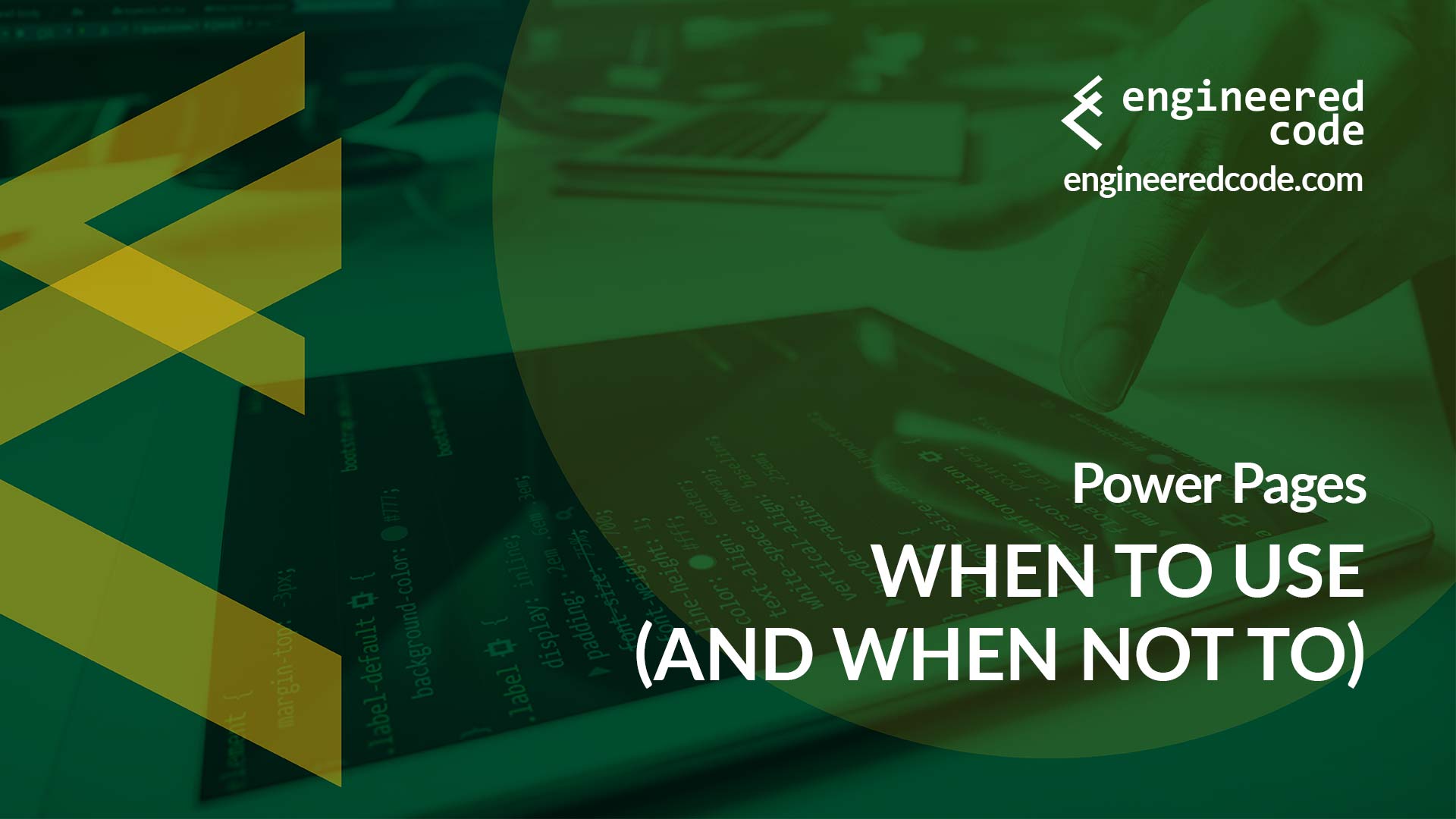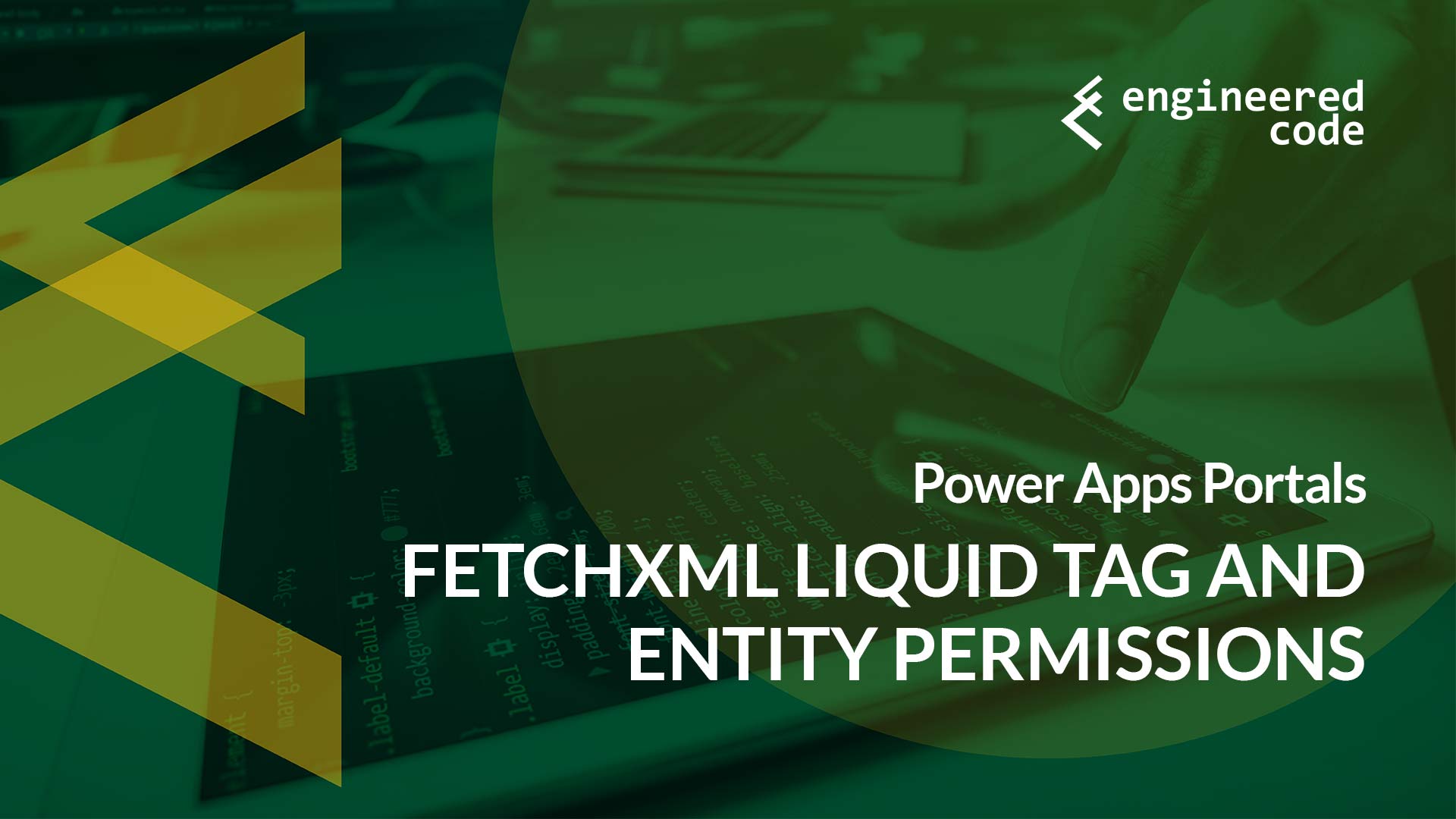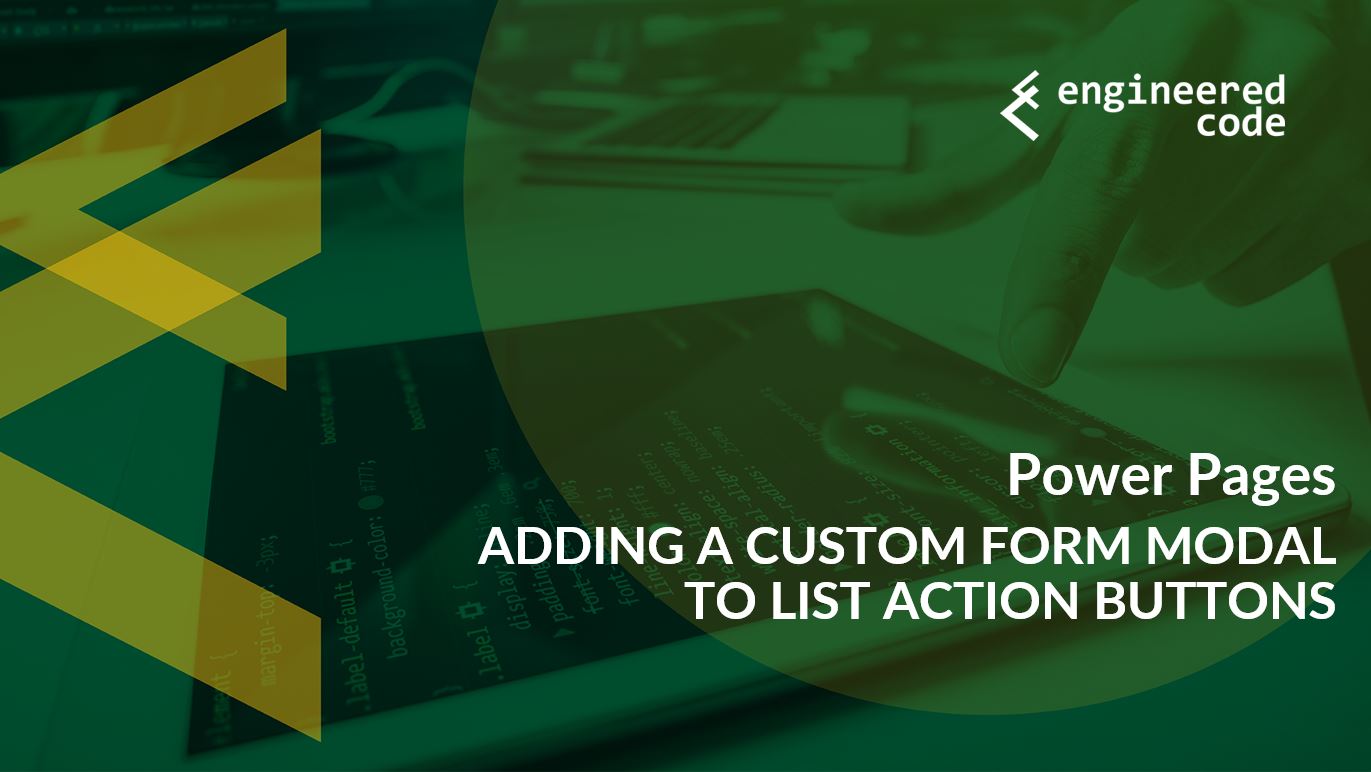Author: Nicholas Hayduk

Power Pages: Account Switcher
July 31, 2025 3 Min.To ReadDuring today’s Portals Community Call, I’m going to demonstrate some options for handing the situation where a contact may be related to multiple accounts. One option I’m presenting is to give the user the option to switch what account is their parent account. In this post, I’ll provide the code that I’m showing in the call.

Power Pages: My Favorite ChatGPT Misconceptions
June 29, 2025 4 Min.To ReadAfter hand-crafting almost a hundred Power Pages memes, I recently gave in and started using ChatGPT to help generate ideas. It has been amazing. Not only has it help me create new content more quickly, but it has also highlighted some misconceptions that appear to be out there about Power Pages. In this post, I’ll look at some of my favorite things ChatGPT gets wrong about Power Pages.

Power Pages: Mysterious Disappearing Lookup Value When Using Custom JavaScript
May 28, 2025 3 Min.To ReadThe out-of-the-box user experience of the Lookup control in Power Pages works fine in many situations, but it is not uncommon on a project to want to change it up using some custom JavaScript. Recently, this was the case for us when a client wanted custom related record filtering. However, we ran into a strange issue where, when saving the form, instead of it setting the value correctly, the column was being cleared in Dataverse. In this post, I’ll get into the details of what was going on.

Power Pages: Depending on jQuery
April 14, 2025 3 Min.To ReadWhile jQuery may be past its prime, it is certainly still used a lot, especially on Power Pages sites (because it is included automatically). In this blog post, I look at what happens when you don’t pay attention to where that automatic inclusion happens.
Popular Posts

Power Pages: When to Use (and When Not To)
March 6, 2023 5 Min.To ReadThe growth of Power Pages has been an amazing story. Since being acquired by Microsoft in 2015, the product has gone from a niche add-on for Dynamics 365 Customer Engagement to a full-fledged product in the Power Platform. The visibility that comes with getting equal billing to other Power Platform products like Power BI, Power Apps, and Power Automate means that new people are discovering Power Pages all of the time. However, as with any software product, Power Pages isn’t always a fit, even if your project fall under the category of low code web application development platforms. In this post, I will share what I look for when trying to determine if Power Pages is a fit for a given project.

PowerApps Portals: Liquid and JavaScript – Better Together!
October 31, 2019 4 Min.To ReadPowerApps Portals offers two primary languages for customization: JavaScript and Liquid. This leads to confusion as to which technology should be used when – I’ll try to clear up some of that confusion in this blog post, as well as demonstrate that is many cases, the best option is a combination of the two.

Power Apps Portals: fetchxml Liquid Tag and Entity Permissions
January 16, 2020 3 Min.To ReadThe fetchxml Liquid tag is arguably the most powerful Liquid tag in Power Apps Portals – it allows you to meet complex requirements for the display of data. But, if you combine it with a complex Entity Permissions model, you could find yourself getting unexpected errors. In this post I’ll cover what can cause those errors, and how to work around them.

Power Pages: Adding a Custom Form Modal to List Action Buttons
December 8, 2023 6 Min.To ReadRecently there was a comment on my blog Power Apps Portals: Related Entity as Source of Next Web Form Step about adding a custom Edit button to a list or subgrid. In this case, rather than editing the main row in the table, they wanted to edit a row that was related to the main row. If you want the edit form to pop up in a modal, it requires a bit of JavaScript. In this post, I’ll go through what you need to do in order to achieve this functionality.
